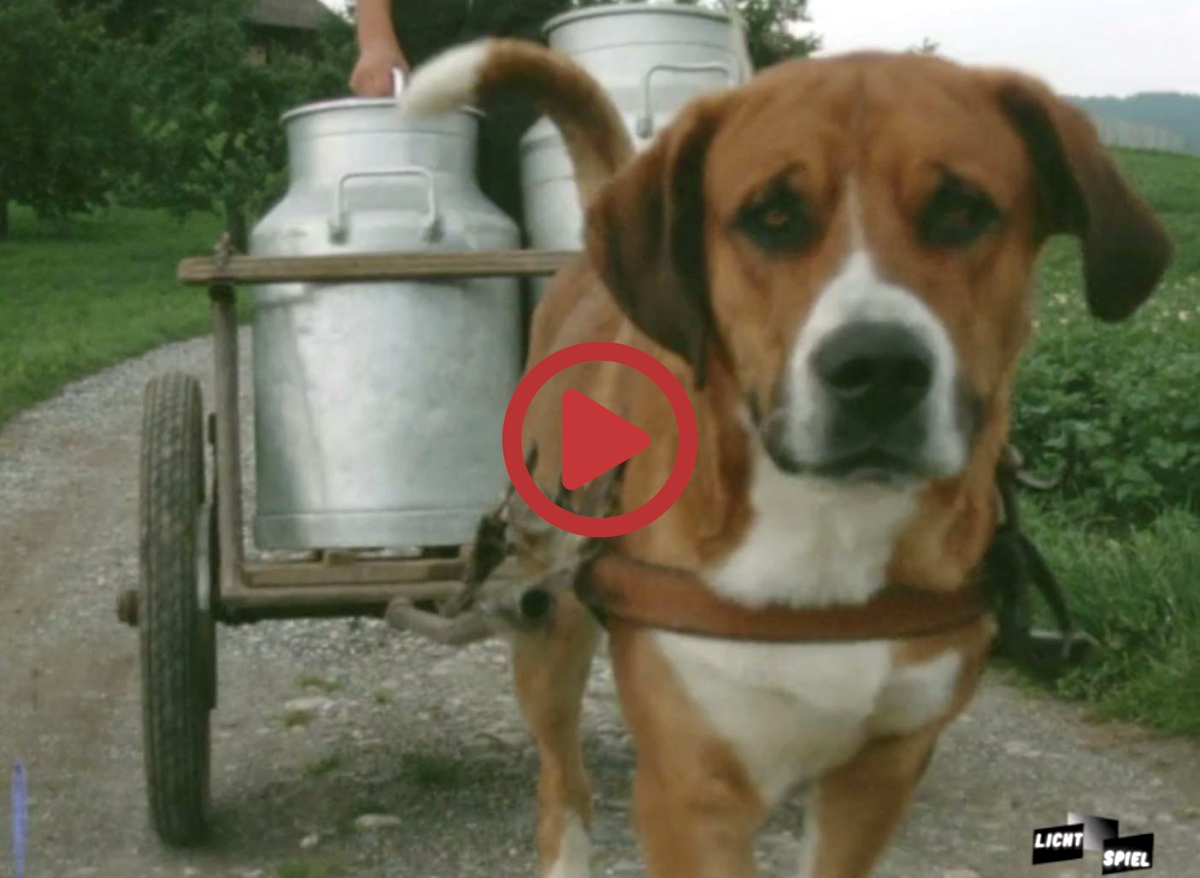Video Essays in Rural History
A series published by the Archives of Rural History (ARH) and the European Rural History Film Association (ERHFA)
History is on everyone’s lips. Museums, commemorative events and autobiographies are more popular than ever. But historical findings deriving from scientific research hardly find their way into the media and contemporary political debates anymore. And historians who do take part in public debates are often reduced to their status as “experts of the past”.
While the reasons for these developments are complex, they are obviously also due to the fact that texts have lost a lot of their importance as forms of communication at the expense of images, especially moving images. When films become a dominant form of communication in the daily life of most people, historians cannot ignore the medium any longer when it comes to the communication of their insights.
The aim of the series Video Essays in Rural History is to communicate knowledge gained from historical research based on written and audio-visual sources in the form of video essays. It intends to stimulate interdisciplinary exchange and to encourage scholarly cross-fertilisation that is crucial for understanding the past and present of rural societies.
The series Video Essays in Rural History is part of a wider research and archival infrastructure of the Archives of Rural History (ARH) and the European Rural History Film Association (ERHFA), which consists namely of a Database and an Online Portal.

Video Essay Screenshot “Working Animals – Hidden modernisers made visible” by Peter Moser & Andreas Wigger, 2022, https://ruralfilms.eu/ruralfilms/video-essays/working-animals/ [08.11.2023]
A video essay in rural history is an independent form of communicating historical knowledge on all matters relating to rural history broadly understood. It adds new dimensions to a specific historical insight and advances a thesis or argument by using the potentials and possibilities of visual sources and moving images. Since the format of a video essay is not meant to replace, but to complement and amend written texts, each video essay in this series is accompanied by a written abstract, the script, references and additional information on the topic and indications for further reading. The video essay and the written document are published simultaneously online.
So far four video essays have been published: on working animals, on Swiss agronomists exploring American agriculture, on cooperative work in rural Canada and on mechanisation and motorisation in Belgian agriculture.
Submission of Proposals
We welcome proposals for new video essays. The proposals should be between 300 and 400 words long. They include a brief description a) of the topic, b) the sources to be analysed and used and c) biographical information on the author(s). The proposals are to be sent to the Editorial Board: info@ruralfilms.eu. If the Editorial Board accepts the proposal in principle, the author(s) are invited to produce the video essay. For more information, see the guidelines.
European Rural History Film Association (ERHFA)
c/o Archives of Rural History, Villettemattstr. 9, CH-3007 Bern
Siehe auch die Projektvorstellung: Arbeitstiere Online – Bildquellen zur Tierarbeit, in: Visual History, 18.07.2022, https://visual-history.de/project/wigger-arbeitstiere-online-bildquellen-zur-tierarbeit/

